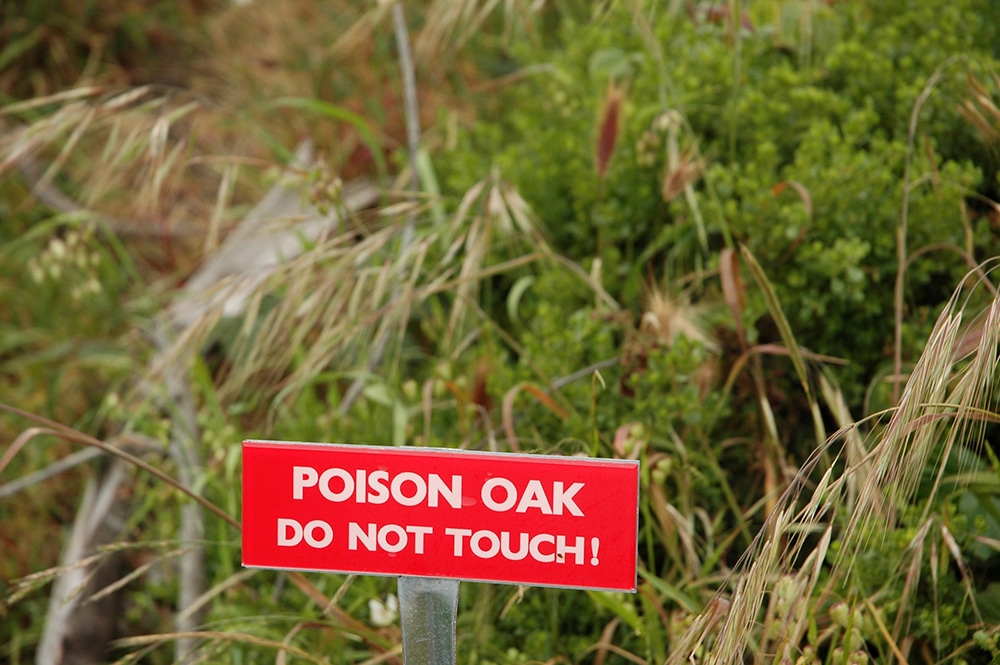Rash Prevention, The Key to Neutralizing Urushiol

Outdoor enthusiasts often encounter the unwelcome menace of poison ivy, oak, and sumac. These plants, containing the notorious urushiol oil, can cause itchy and uncomfortable rashes upon contact. Understanding how to prevent and treat these rashes is crucial for enjoying outdoor activities without the fear of unpleasant consequences. Let's explore the details to effectively neutralize urushiol and prevent the discomfort of poison ivy rash.
What Causes Poison Ivy Rash?
The primary culprit behind poison ivy rash is urushiol, a potent resin found in the sap of poison ivy, oak, and sumac plants. Upon contact with the skin, urushiol triggers allergic reactions, leading to the development of itchy rashes and discomfort. Recognizing the distinctive features of these plants is essential to avoid inadvertent exposure.
What is Urushiol?
Urushiol is a naturally occurring oil present in all parts of poison ivy, oak, and sumac plants. This toxic compound is responsible for eliciting allergic reactions in susceptible individuals upon skin contact. Understanding the properties and characteristics of urushiol is vital for effective prevention and treatment of poison ivy rash.
How is Urushiol Oil Spread?
Urushiol oil can spread through direct contact with plants or indirect contact with contaminated objects, such as clothing, tools, or pets. Even minimal exposure to urushiol-contaminated surfaces can lead to the transmission of the oil and the subsequent development of rashes. Proper cleansing of the skin and belongings is crucial to prevent the spread of urushiol and minimize the risk of rash formation.
What Does Poison Ivy or Oak Look Like?
Poison ivy, oak, and sumac plants exhibit distinct physical characteristics that aid in their identification. Poison ivy typically has three leaflets per leaf and can grow as a vine or shrub. The leaves are glossy green in spring and summer, turning red or yellow in fall.
Poison oak has leaves similar to those of an oak tree, with three leaflets and a resemblance to true oak leaves.
Poison sumac, less common but equally hazardous, has clusters of seven to thirteen leaflets arranged in pairs. Recognizing these features can help individuals avoid accidental contact with these plants.
Your Guide to Poison Ivy
Visual identification of poison ivy, oak, and sumac is paramount for avoiding exposure. These plants exhibit distinct characteristics that can help individuals recognize and steer clear of potential hazards.
Understanding where these plants typically grow and how to identify them outdoors can significantly reduce the risk of accidental contact.
How to Prevent Poison Ivy Rash?
Preventing poison ivy rash involves adopting proactive measures to avoid contact with urushiol. Wearing protective clothing, such as long sleeves and pants. Additionally, practicing proper hygiene, including thorough cleansing of the skin and clothing after outdoor excursions, can help mitigate the risk of rash formation.
How to Treat Poison Ivy Rash
In the event of exposure to urushiol and subsequent development of poison ivy rash, prompt treatment is essential to alleviate symptoms and promote healing. The Ivy Complete Kit by Tecnu offers a comprehensive solution for poison ivy and oak rash treatment. With three steps of Tecnu Cleanse, Treat, and Detox Wipes, the kit effectively cleanses the skin, relieves itching, and prevents future rashes, ensuring quick and efficient recovery.
Understanding how to prevent and treat poison ivy rash is crucial for outdoor enthusiasts. By familiarizing themselves with the properties of urushiol and adopting preventive measures, individuals can minimize the risk of exposure and enjoy outdoor activities without the fear of discomfort. Incorporating the Ivy Complete Kit into their outdoor adventures provides an added layer of protection, allowing them to explore the great outdoors with confidence and peace of mind.




